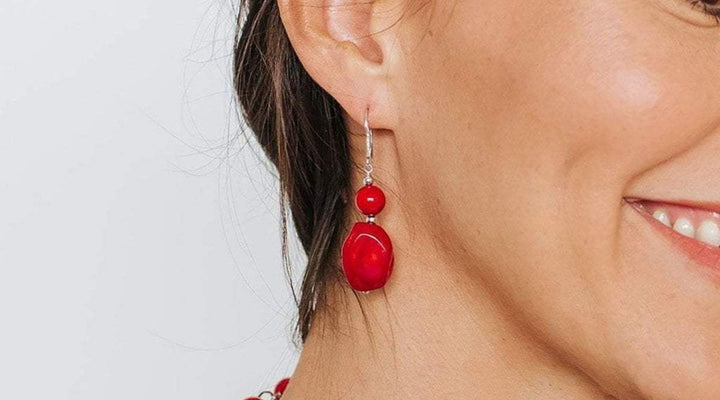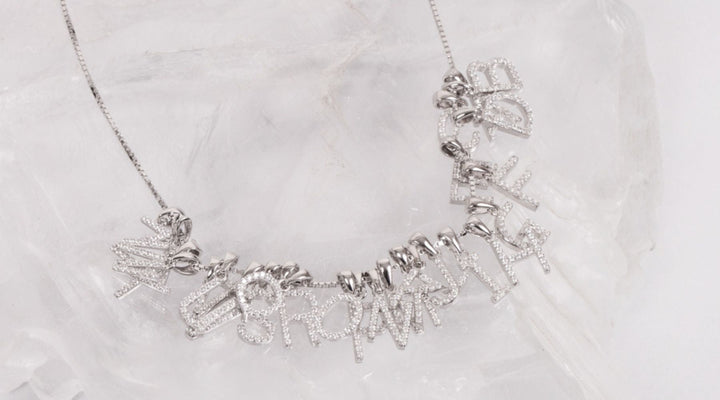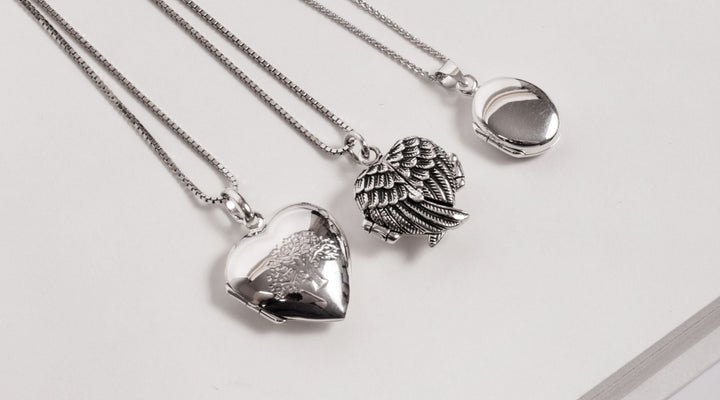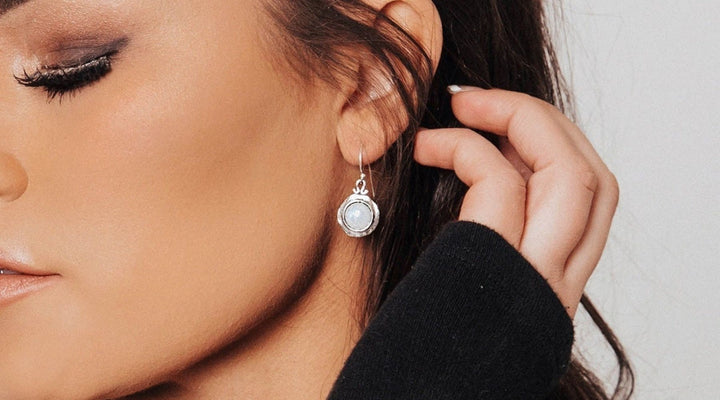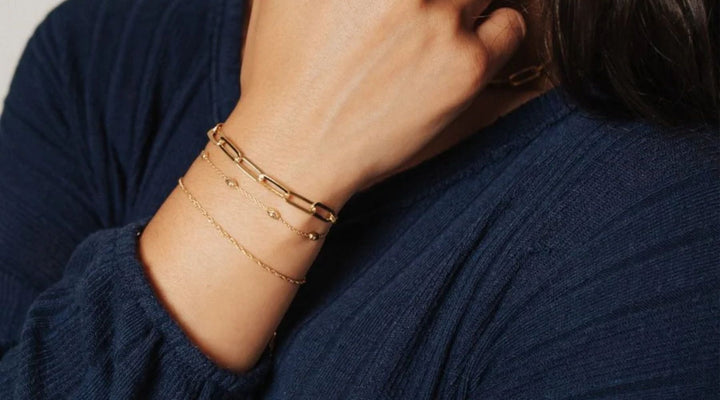An Expert Guide on How to Buy the Right Jewelry
Posted by Deven Davis on
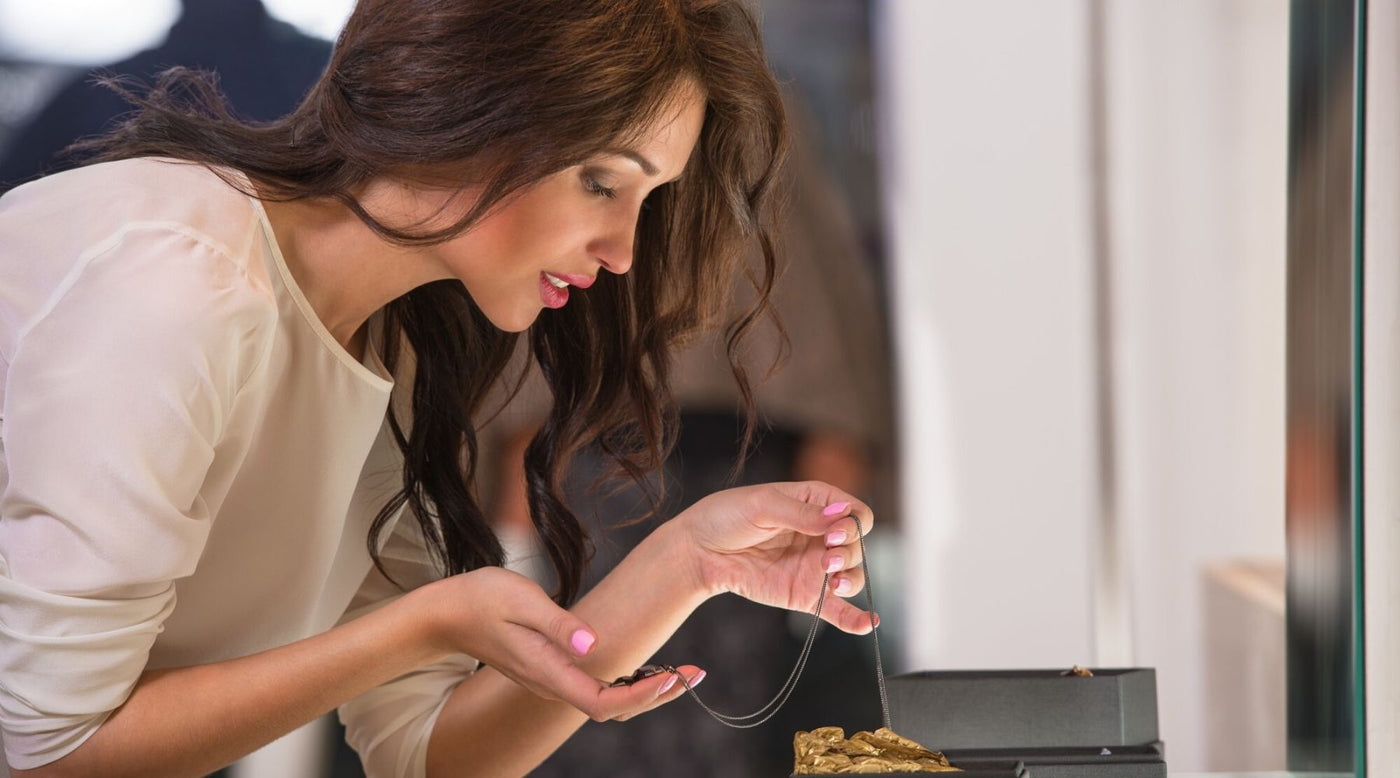
An Expert Guide for Buying Jewelry
Buying the right jewelry to match your style can be challenging, here are a few tips to help you out. An expert guide for buying jewelry.
Keyword(s): buying jewelry
The jewelry industry is a flourishing one. According to McKinsey and Company, the global jewelry industry is already worth about $250 billion and it grows steadily at around 5% or 6% each year.
A knowledgeable wearer of jewelry learns through practice and trial and error over many years. Cheaper jewelry that lasts only a few years can be an appropriate way for someone to learn the ins and outs of the science of fashion and care.
At the same time, eventually, the time comes to upgrade a jewelry collection. Quality jewelry can last multiple lifetimes, so it's important to make smart choices when purchasing quality pieces.
Follow these principles when buying jewelry to make sure that your investment pays off over and over again!
Find a Knowledgeable Jeweler
The best places to buy fine jewelry will offer you the services and expertise of a well-educated jeweler. Some people work at quality jewelry stores for many years without taking the time to work through the depth of information that is relevant to the jewelry industry.
If possible, it's best to find a jeweler with professional credential and gemological education. Some jewelers take the initiative to educate themselves in jewelry manufacturing training and can bring to bear impressive theoretical knowledge to enhance their personal experiences.
The GIA is the world's greatest authority on gemstones and certifies professionals. You can find a retailer near you that offers GIA-certified expertise by using the GIA website.
Inspect Pieces for Authenticity
The highest quality jewelry manufacturers include a maker's mark on their pieces. They are proud of their products and want to take credit for them. On the other hand, lower quality manufacturers may try to stay as anonymous as possible in the hope that you might mistakenly think their cheaper products are of high quality.
The maker's mark is a unique stamp that bears the name or code of the manufacturer. Any piece of jewelry by Tiffany or another quality manufacturer should be inspected before buying to make sure any appropriate marks are present.
Inspect Pieces for the Quality Stamp
Some people confuse the difference between a maker's mark and a quality stamp. While both are used to certify the value of a piece, they have distinct purposes
As mentioned before, the maker's mark allows you to know for sure who made a piece. A quality stamp, on the other hand, is a guarantee of the quality of metal in a piece. It also identifies the type of metal, whether that be gold, silver, or another.
In some cases, along with purity and type of metal, the quality stamp will include the country of origin for the piece. Some countries are known for the attention to quality and detail of their jewelry dealers, so it helps to know where your piece was made.
Inspect Pieces for Damage Before Buying
No jewelry buying guide is complete without a reminder to take a look for yourself at prospective items in your personal collection before buying. One of the things about fine jewelry that makes it extremely sensitive to damage is that damage shows up so easily on it.
As long as you give your pieces a close examination before buying, you should be able to notice any scratches to the piece's metal.
Pay Extra Attention to the Gemstones
A professional will be necessary to ascertain the full quality of a gemstone. Even on your own, however, you can take some basic steps to ensure that your piece's gemstones are up to standard.
Do your best to look at a piece's stone to discover any scratched or damaged rocks. It can help to use the establishment's loupe to examine them as closely as possible.
Even if the rocks are of high quality, check their mounting in the metal. A quality piece should have tightly fitted gems with no looseness.
If you're willing to do some research, then you can ask the jeweler for a lab report on pieces that have many stones or a large stone. This report can provide you with gemological identification information. It will also review any treatments that the stones may have received at some point.
If you want to be as sure as possible, you can hire an appraiser to look over jewelry that you have your eye on.
No matter the precautions you take, it's always possible that something will go wrong, either during or after the buying process. In such cases, it can be of great comfort to have a clear understanding of your jewelry's warranty. At the very least, make sure to ask your jeweler about the return policy to make sure that you can apply quality control to your jewelry collection.
Know Your Materials
Keep an eye out for jewelry items that seem temptingly low in price. Depending on the situation, this can be good or bad.
In the best-case scenario, you've come across some quality items that just so happen to be on sale. Snatch them up and enjoy the opportunity to get a head start on building your collection!
In the worst-case scenario. no matter how they look, you may have found some pieces not made with quality materials. Make sure to ask if a piece is made of pure gold, sterling silver, or another valuable material. If there's any doubt, you can ask for documentation or have an appraisal performed.
Gold jewelry quality, in particular, can be difficult to ascertain at a glance. Gold-filled jewelry will look exactly the same as pure gold, and will even last many years. However, it's worth much less. Gold plating is often more easily detectable and wears out after only a year or so.
Get Your Money's Worth When Buying Jewelry
We hope you learned something helpful about buying jewelry in this brief piece. Doing your homework is extremely important when buying jewelry that will last for decades, so it's essential to find a source of expertise you can learn from.
To find out more about how to find the perfect jewelry for you, manage your fashion, and more, check out our other pages.
Like this blog post? Don't forget to pin it!

